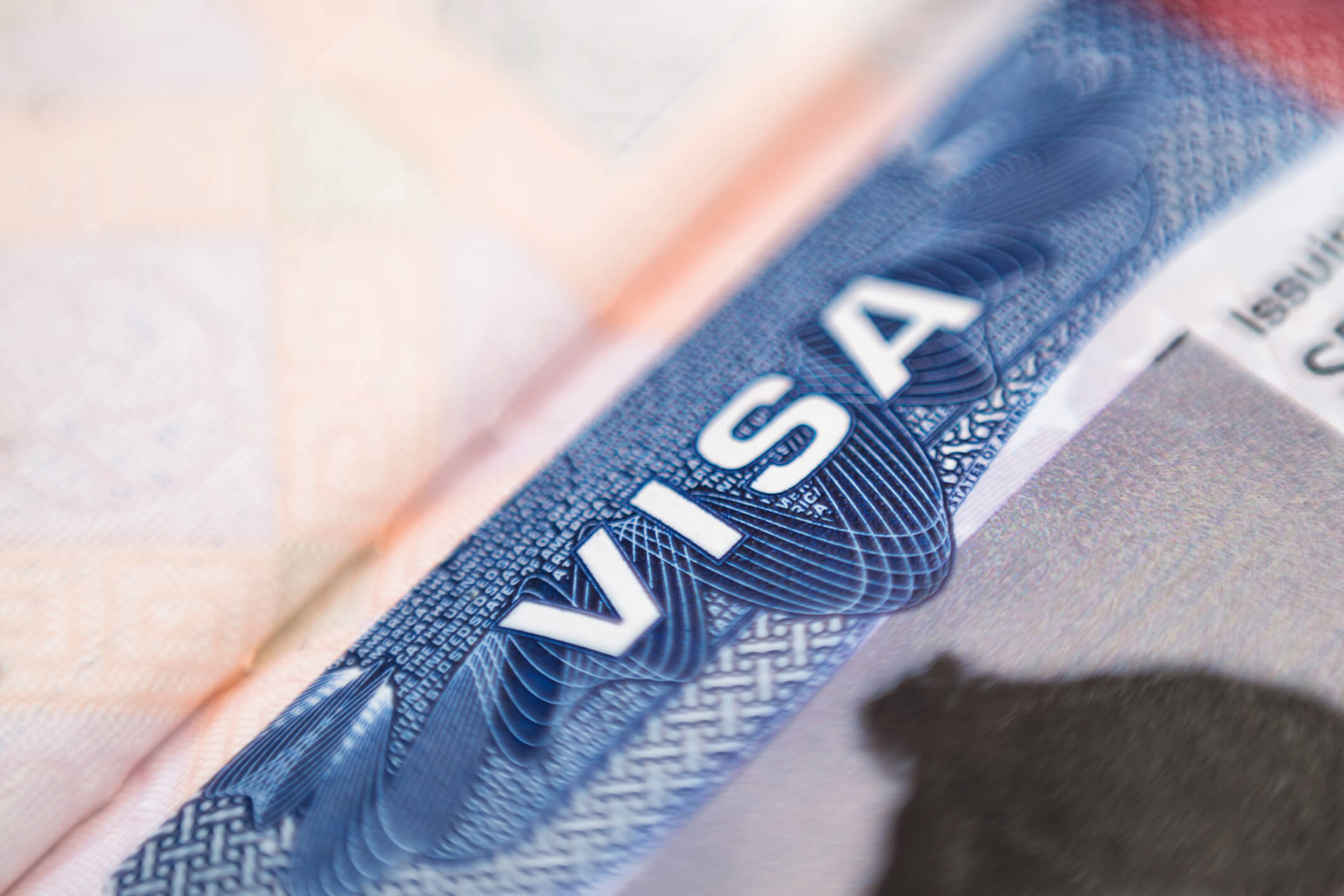Quick Hits
- The Occupational Information Network (O*NET), developed under the sponsorship of the U.S. Department of Labor’s Employment and Training Administration (ETA) through a grant to the North Carolina Department of Commerce, contains hundreds of standardized and occupation-specific descriptors for almost 1,000 occupations covering the entire U.S. economy.
- Occupational expert analysts assign each occupation in the O*NET-SOC [standard occupational classification] taxonomy to one of five Job Zones to categorize occupations based on their associated levels of education, experience, and training.
- The DOL’s Office of Foreign Labor Certification (OFLC) relies on the O*NET database to administer the PERM labor certification program and Labor Condition Application (LCA) program.
The DOL’s O*NET program was updated on August 26, 2024, and again on November 19, 2024. The August 2024 update covered 101 occupations; the November 2024 update covered an additional 21 occupations.
Some highlights from each O*NET update that may impact stakeholders are listed below for reference:
| SOC Code | SOC Title | Job Zone Change |
| 15-1299.08 | Computer Systems Engineers/Architects | Downgraded from Job Zone 4 to Job Zone 3 |
| 19-1022 | Microbiologists | Downgraded from Job Zone 5 to Job Zone 4 |
| 19-2032 | Materials Scientists | Downgraded from Job Zone 5 to Job Zone 4 |
| 15-1299.02 | Geographic Information Systems Technologists and Technicians | Downgraded from Job Zone 4 to Job Zone 3 |
| 13-1041 | Compliance Officers | Upgraded from Job Zone 3 to Job Zone 4 |
As noted in the Job Zone chart below, occupations for which the Job Zone was reduced from 4 to 3 can impact PERM and H-1B cases:
| Job Zone | Preparation Level | Specific Vocational Preparation Range | Education |
| 1 | Little or no preparation needed | Below 4.0 | Some of these occupations may require a high school diploma or GED certificate |
| 2 | Some preparation Needed | 4.0 to < 6.0 | These occupations usually require a high school diploma |
| 3 | Medium preparation needed | 6.0 to < 7.0 | Most occupations in this zone require training in vocational schools, related on-the-job experience, or an associate’s degree |
| 4 | Considerable preparation needed | 7.0 to < 8.0 | Most of these occupations require a four-year bachelor’s degree, but some do not |
| 5 | Extensive preparation needed | 8.0 and above | Most of these occupations require graduate school |
H-1B Implications
The H-1B, H-1B1, and E-3 nonimmigrant classifications are reserved for individuals performing services in a specialty occupation that requires the attainment of a bachelor’s degree or higher degree as a minimum requirement for entry into the occupation.
Utilizing or continuing to utilize an occupational category that was downgraded to Job Zone 3 may invite higher scrutiny from U.S. Citizenship and Immigration Services (USCIS) or U.S. consulates since a bachelor’s degree is not normally required for these occupations.
PERM Labor Certification Implications
On prevailing wage requests, occupations that were downgraded to Job Zone 4 or 3 may result in higher prevailing wage assessments by the National Prevailing Wage Center if minimum education and experience requirements are not considered normal to the occupation.
Likewise, since a bachelor’s degree is equivalent to two years of specific vocational preparation (SVP), Job Zone 3 occupations that require anything beyond a bachelor’s degree trigger a “business necessity” justification on a PERM application and may increase the likelihood of an audit request. However, with respect to the number of advertisements required for a PERM application, it is the DOL’s Appendix A list of professional occupations that controls, not the Job Zone or O*NET level.
It is worth noting that the DOL confirmed during the American Immigration Lawyers Association (AILA) 2024 Spring CLE Conference and Webcast that the version of O*NET in effect at the time a prevailing wage determination is issued controls when determining how to respond to item G.9 on Form ETA-9089, which asks whether the job requirements exceed the SVP level assigned to the occupation as shown in the O*NET Job Zones.
Key Takeaways
Individuals likely to be most impacted by these updates are H-1B, H-1B1, and E-3 visa holders whose prior petitions or applications were supported by an LCA utilizing an SOC code that was recently downgraded to a Job Zone 3 occupation. Despite its deference policy, USCIS is not required to defer to previously favorable eligibility determinations in certain instances, such as when there has been a material change in circumstances or eligibility, or when new material information adversely impacts eligibility. This, in turn, might result in a higher risk of a Request for Evidence or a denial from USCIS.
Ogletree Deakins’ Immigration Practice Group will continue to monitor developments and will publish updates on the Immigration blog as additional information becomes available.
Follow and Subscribe




